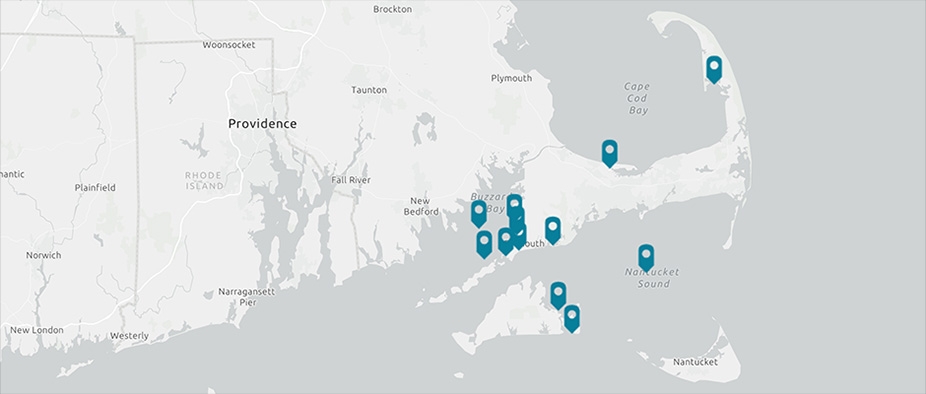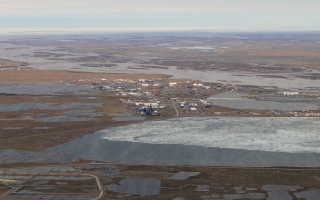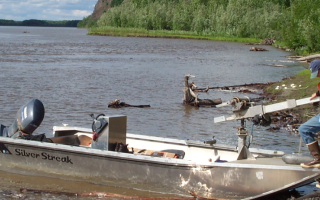Understanding Climate at the MBL

With COP28, the 28th annual United Nations climate meeting, coming to a close in Dubai, climate science has been in the international spotlight for the last two weeks. At the MBL, our scientists study how climate change is impacting ecosystems and organisms in Cape Cod and beyond. Check out the stories below to catch up on some climate research from MBL scientists.

Decades-Long Arctic Rivers Study Conceived at MBL Reveals Widespread Change
This study examined a nearly 20-year record of water chemistry collected from the six largest rivers that drain to the Arctic Ocean, and signaled widespread effects of climate change in the North.

Most of the World’s Salt Marshes Could Succumb to Sea Level Rise by Turn of Century
Salt marshes are some of the most biologically productive ecosystems on Earth. According to research from the MBL Ecosystems Center, more than 90 percent of the world’s salt marshes are likely to be underwater by 2100.

Framework Helps Local Planners Prepare for Climate Pressures on Food, Energy & Water Systems
MBL scientists and colleagues released a toolkit in early 2023 to help the U.S. Midwest and Northeast prepare for climate-induced strains on critical civic resources.

As Temps Rise, Low Marsh Emits More Carbon Gas than High Marsh
Salt marshes are a well-known carbon sink and can aid in carbon sequestration efforts. But they are also dynamic ecosystems that change with the seasons and tides. Understanding these dynamic systems can can inform climate change mitigation efforts

Gauging Water Loss from Northern Peatlands, a Likely Accelerant of Climate Change
More carbon is stored in the forests, peatlands, and lakes of the high northern (boreal) latitudes than is currently in the atmosphere. Therefore, understanding how the boreal latitudes, which include Canada and Alaska, respond to global warming is vital for predicting its trajectory.

Leaving Microbes Out of Climate Change Dialogue has Major Consequences, Experts Warn
In 2019, more than 30 microbiologists from institutions in 9 countries, including the MBL, issued a warning to humanity that omitting microbes – the support system of the biosphere – from the climate change equation would have major negative consequences.

Salt Marshes' Capacity to Store Carbon may be Threatened by Nitrogen Pollution
This study led by the MBL Ecosystems Center indicates that a common pollutant of coastal waters, nitrate, stimulates the decomposition of organic matter in salt marsh sediments that normally would have remained stable over long periods of time. This increase in decomposition, which releases CO2, could alter the capacity of salt marshes to sequester carbon over the long term.
On the Frontlines of Climate Change
For more than 40 years, MBL scientists have been on the frontline of research on Cape Cod and worldwide to understand how ecosystems function, respond to stress, and recover—or not. With a deep understanding of Cape Cod ecosystems borne from decades of research, MBL scientists are best positioned to predict and mitigate the impacts of climate change on the region. Explore this Interactive StoryMap to learn more about MBL climate change research on Cape Cod.



